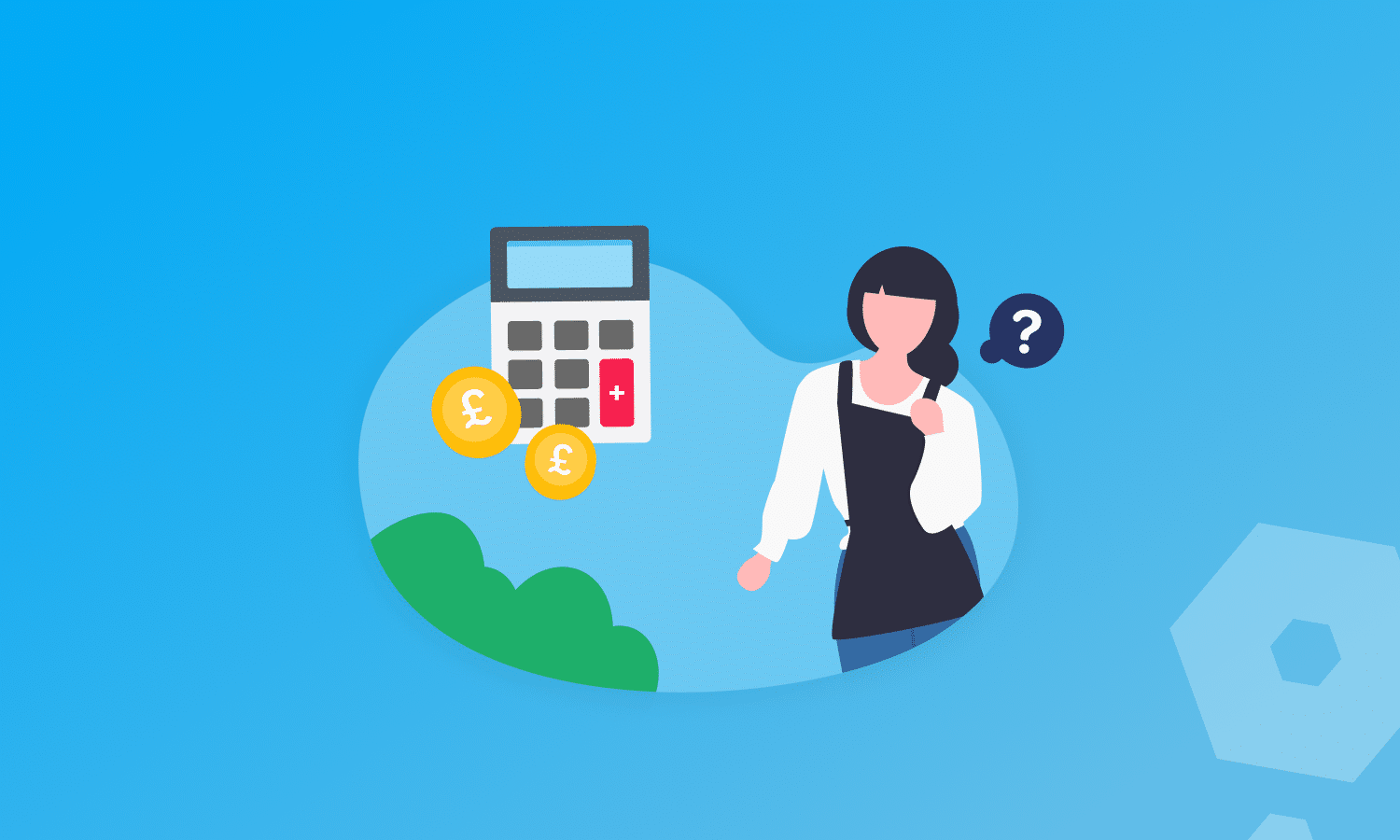Running a business, big or small, involves managing cash flow. It helps you pay bills on time, take advantage of opportunities, and minimise your own stress levels (or at least try). As it’s one of The Very Important Things of self-employment, we’ve put together this beginner’s guide to cash flow.
Reporting
Real-time accounting reports in a few clicks









